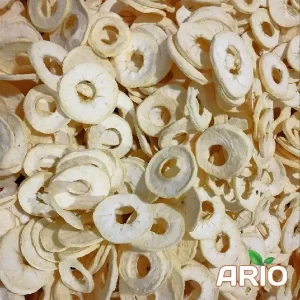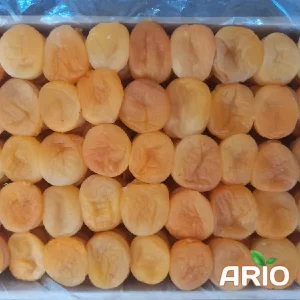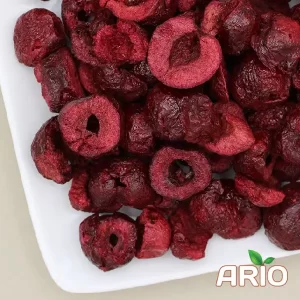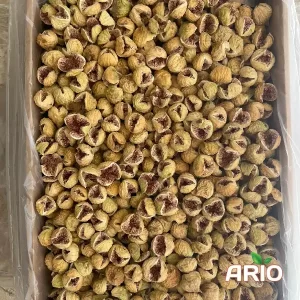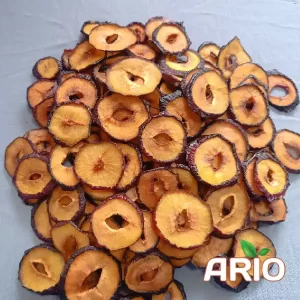Why Dried Fruit Is a Key Commodity in Global Trade
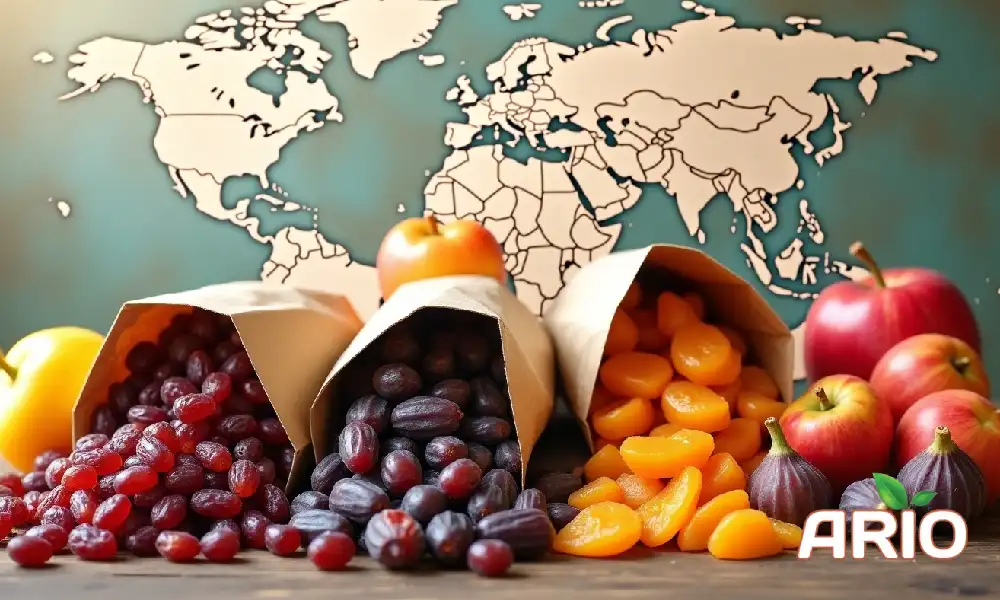
What makes dried fruit such a powerful force in international trade? Beyond its long shelf life and compact form, dried fruit serves as a nutrient-rich staple across cultures. With rising global demand for healthy snacks and natural food ingredients, the dried fruit market is projected to grow at a CAGR of over 5.8% through 2030 (Statista, 2024). This guide explores every essential aspect of trading bulk dried fruits, especially from Iran—one of the world’s top producers.
Exploring the Global Appeal of Dried Fruits
Dried fruits offer concentrated nutrition, flavor, and versatility. Commonly traded varieties include raisins, figs, dates, dried apricots, and apples. These products are used in snack mixes, bakery items, cereals, and culinary exports. Their compact packaging and extended shelf life make them highly efficient for long-distance export.
What Sets Iranian Dried Fruits Apart in the Market
Step 1 – Identifying Trusted Bulk Suppliers
Start by vetting suppliers on established B2B platforms such as Iran-Fruit.com or industry trade fairs. Look for these indicators of reliability:
- Verified export licenses
- Certifications such as ISO, Organic, or GlobalG.A.P.
- Transparent product specifications and pricing
- Testimonials or trade references
A good supplier should be able to provide sample shipments, documentation, and clear Incoterms.
Looking for more? Head back to our iran fruit homepage to explore everything we offer.
Step 2 – Ensuring Product Quality and Certification
Quality control in dried fruit includes physical inspections, lab analysis, and adherence to local and international standards. The following certifications are commonly required for import:
- HACCP: Ensures hygienic processing
- ISO 22000: Food safety management
- Organic Certification: Required for markets like the EU and US
- Phytosanitary Certificates: For plant-based product export
Request these documents before initiating trade to avoid customs complications.
Step 3 – Navigating Legal and Regulatory Requirements
Every importing country has different compliance rules. According to the CBI (2024), exporters to the EU must comply with maximum residue levels (MRLs) for pesticides, accurate labeling (in native language), and food traceability standards. Ensure:
- Labeling meets destination regulations
- Ingredients and origin are clearly disclosed
- Documentation includes Certificate of Origin, Invoice, Packing List, and Bill of Lading
Consult your freight forwarder or local trade authority to confirm all requirements.
Step 4 – Packaging and Storage Considerations
Packaging not only protects product integrity but also impacts consumer appeal. Common formats include:
- Vacuum-sealed bags
- Food-grade plastic containers
- Eco-friendly kraft pouches for organic products
Storage must follow cold chain principles, particularly for moisture-sensitive varieties like figs and dates. Many exporters use reefer containers to maintain quality during transit.
Step 5 – Managing Logistics and Shipping Efficiently
Choose the right Incoterms (FOB, CIF, or DDP) based on your level of control and risk appetite. Freight forwarders can coordinate container booking, customs clearance, and inland transportation. Costs are influenced by:
- Product volume and weight
- Destination port
- Seasonality and global shipping trends
Use trusted logistics partners with experience in perishable goods.
Step 6 – Staying Competitive with Market Knowledge
The global dried fruit market is influenced by consumer preferences, climate trends, and trade policies. As of 2024, demand for sugar-free and organic dried fruits is increasing, particularly in the EU and North America (OnlineLegalIndia, 2024). Monitoring price trends and staying agile with sourcing strategies will help you stay competitive.
Step 7 – Mitigating Trade Risks
International trade comes with risks. Address them through:
- Cargo insurance for transit damages
- Currency hedging for exchange rate stability
- Political risk coverage in unstable regions
Diversify suppliers and maintain buffer inventory to absorb supply chain disruptions.
Showing all 7 results


